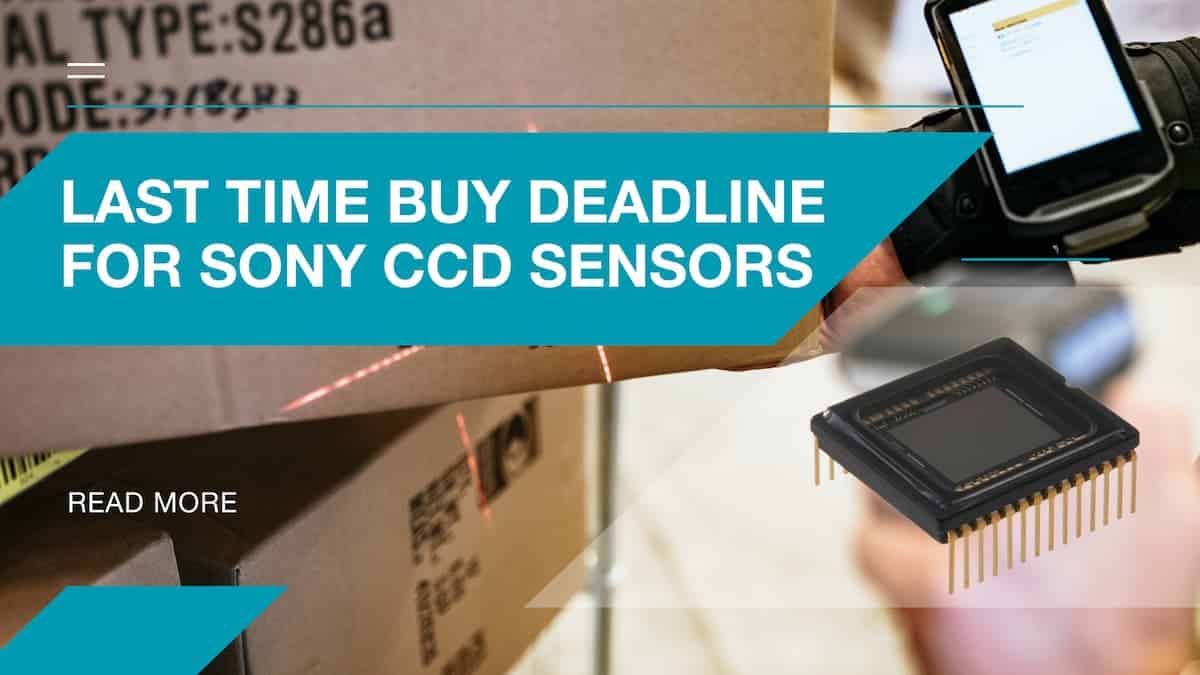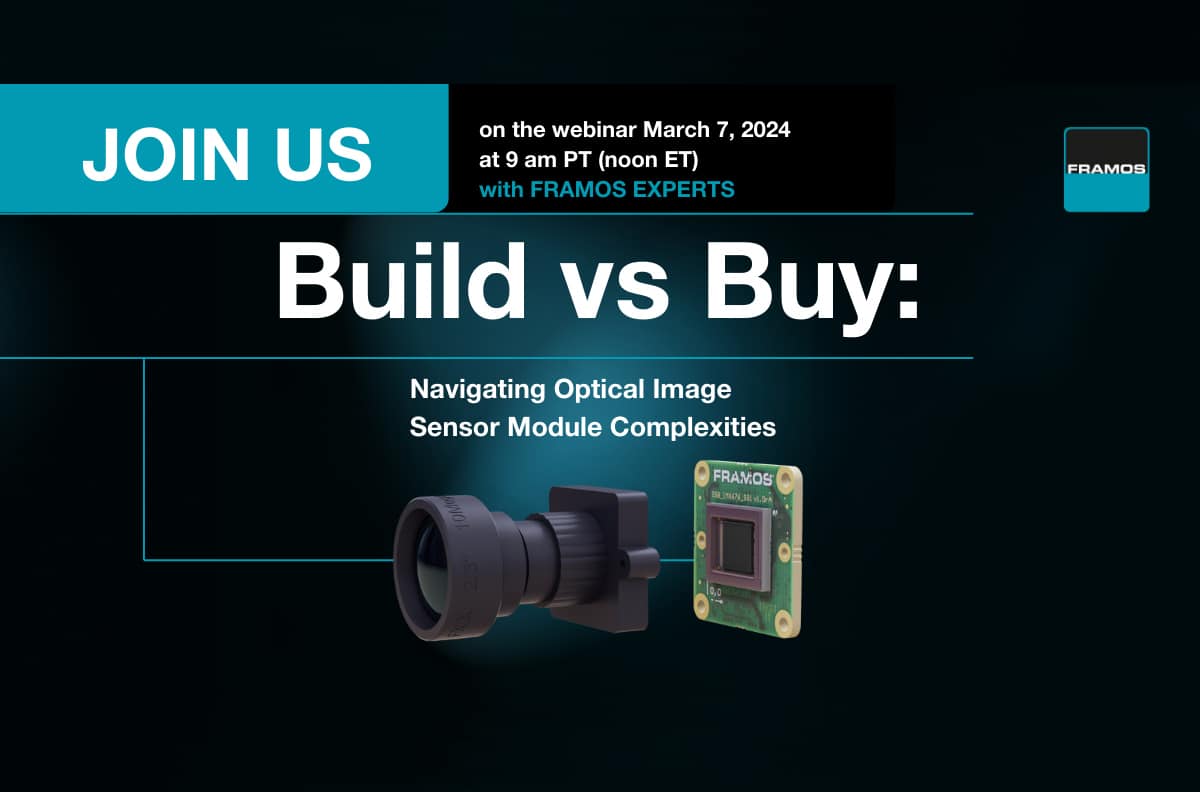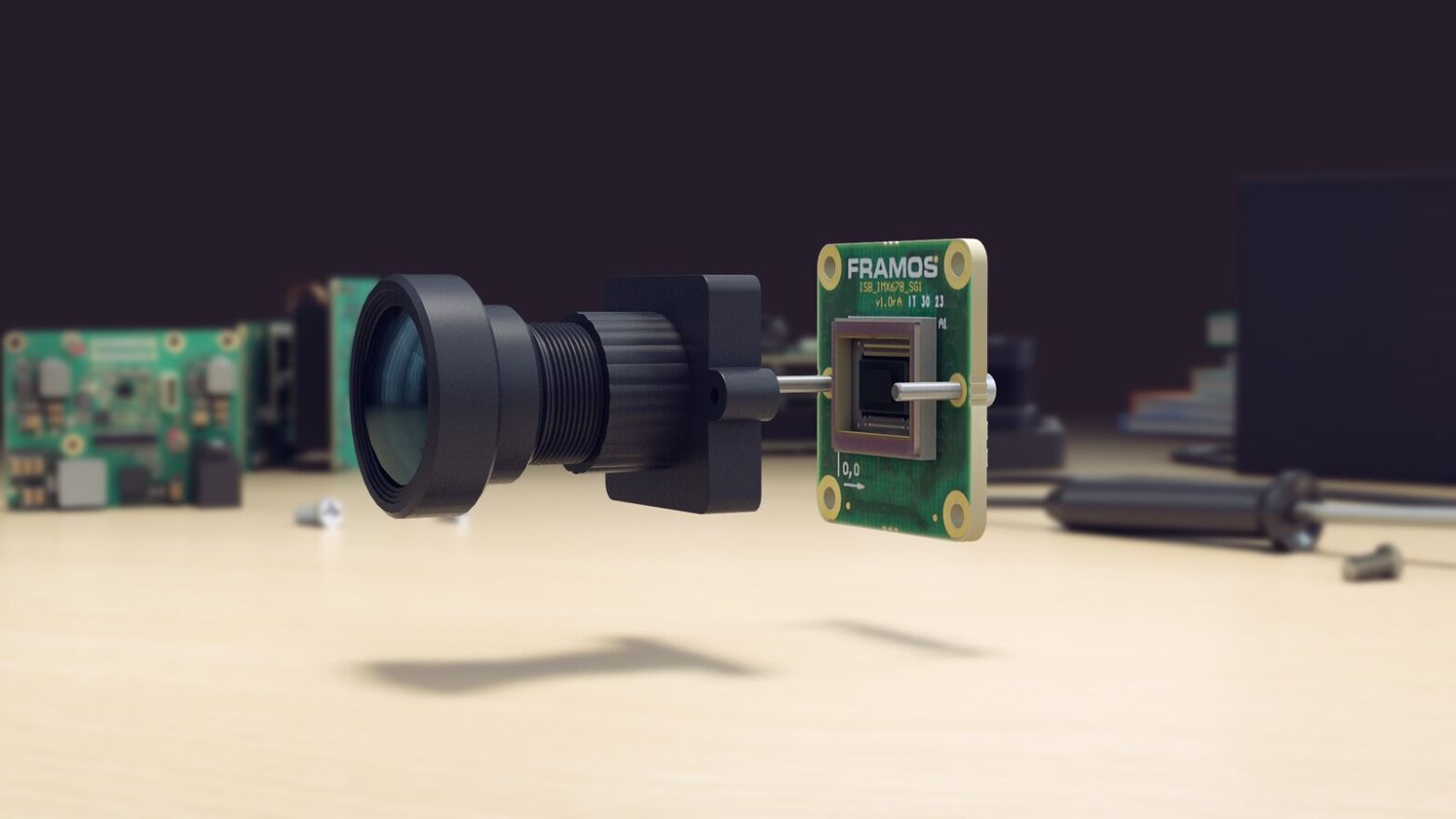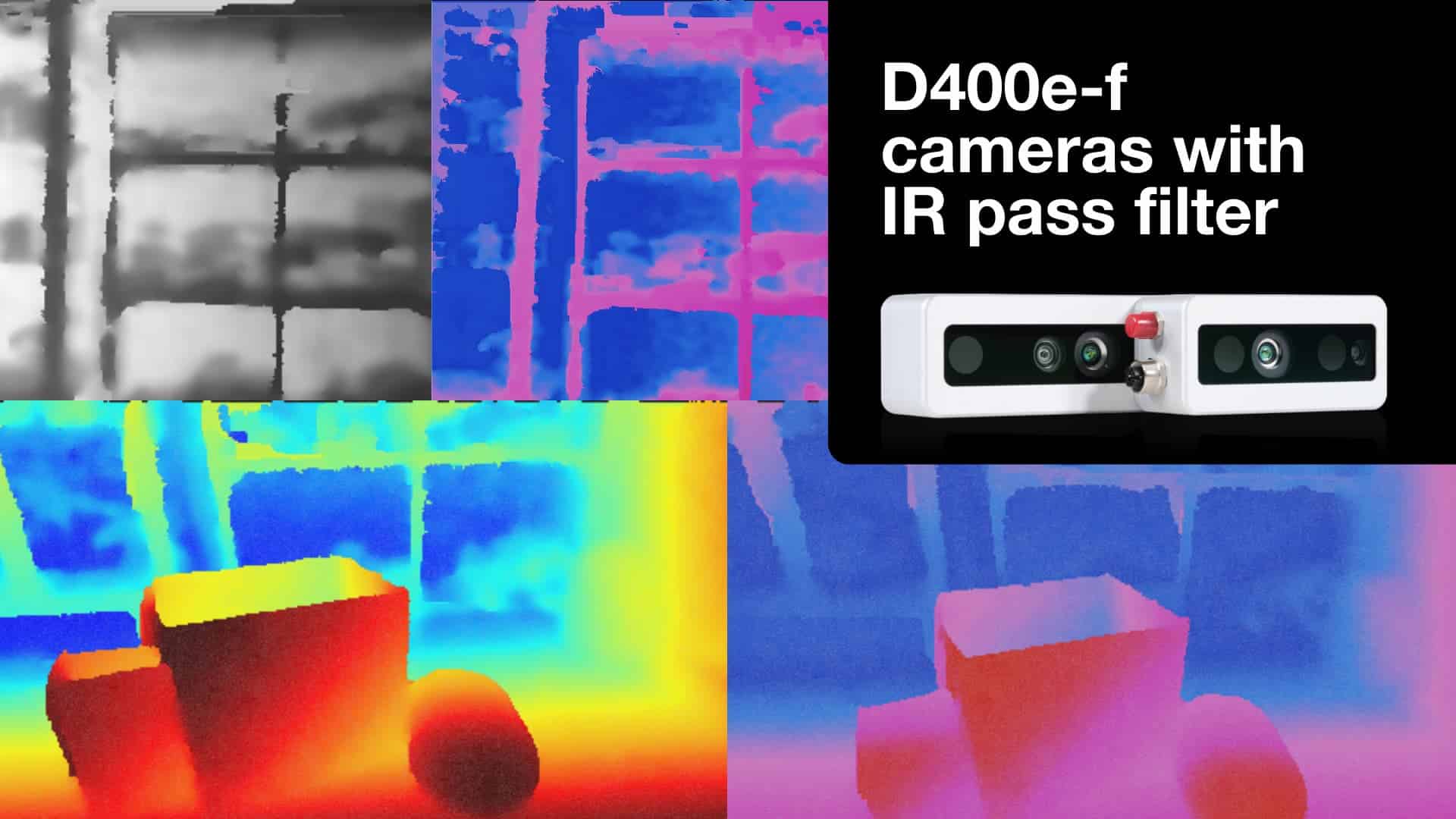Interferometric measurements with micro-polarizer technology allows for accurate quality checks for transparent materials and astronomic observations.
Arizona-based 4D Technology Corporation designs and manufactures dynamic-interferometers, handheld 3D surface-shape profilers, and snap-shot polarization cameras. For accurate and instantaneous sub-nanometer measurement of optics, optical systems and precision machined surfaces, even in the presence of vibration and motion, 4D developed micro-polarizer array. However, the high cost of the cameras has limited their widespread use. Now, 4D is excited about the high performance and low cost of the Sony IMX250 micro-polarizer sensor and has chosen the global vision expert FRAMOS to supply them. 4D Technology’s main target applications demonstrate how on-chip polarization can improve and deepen imaging results.
The Challenges of Interferometric Measurements
Phase-shifting interferometry, in its conventional form, is an ultra-sensitive technique capable of measuring surface profiles down to a fraction of a wavelength (sub-nanometer). Its goal is to get the birefringence as quality criteria of transparent materials. However, the traditional measurement is highly sensitive to motion and vibration because a minimum of 3 video frames, and preferably 5 – 11, must be captured. This means that everything must be extremely stable during frame acquisition as the slightest sub-micron vibration will compromise or preclude the measurement. Typically, pneumatic isolation tables are required to dampen out the vibration to permit measurement. The extreme sensitivity to vibration restricted the use of interferometry to controlled laboratory environments and precluded- its use over long paths, for large objects or on the production floor. 4D Technology’s patented interferometers reinvented optical metrology by using their micro-polarized sensor technology as a means of achieving instantaneous phase measurements.
 Using a micro-polarizer array enables to capture all necessary interferometric data in just a single camera frame. Any motion is literally frozen in time, which eliminates the old restrictions and obtains more precise measurements. One shot, precise real-time results without compromise can be achieved with this so called dynamic interferometry. Since every frame is a quantitative measurement, it’s possible to produce movies of optical structures changing shape over time and measure very large structures.
Using a micro-polarizer array enables to capture all necessary interferometric data in just a single camera frame. Any motion is literally frozen in time, which eliminates the old restrictions and obtains more precise measurements. One shot, precise real-time results without compromise can be achieved with this so called dynamic interferometry. Since every frame is a quantitative measurement, it’s possible to produce movies of optical structures changing shape over time and measure very large structures.
On-chip Polarizers as an Innovation Driver
Over time, vision-based inspection has grown and evolved with more processes and materials being monitored visually. As a result, more people started to ask 4D to get access to their custom sensors which resulted in offering their micro-polarizer cameras for other purposes outside of interferometers and leveraged their knowledge in computing and calibrating pixelated data to create PolarView GUI and SDK software packages.
Polarization is a real benefit to imaging: It gives so much extra information, making the invisible visible, with only minor losses of visible light.
With the use of polarization-based technology on the rise, Sony has designed an industrial sensor with on-chip polarization. This imaging sensor market leader produces these chips at very high volumes with exceptional results – less expensive, higher yields, better filter positions and precision, and at a higher quality.
“In many of our products we are replacing our own cameras built around custom sensors with these Sony IMX250 imagers, as they provide less cross-talk in the captured images while costing less to build,” says Neal Brock, Director of New Technology Development at 4D Technology.
The polarizers are fitted directly on top of the pixels and use four filter angles: 0, 45, 90, and 135 degrees. The sensor captures polarized light at each of these angles simultaneously in one image to prevent temporal image artifacts. In a manner similar to how color information is extracted in Bayer RGB sensors, the light polarization information is captured at each of the four filtered pixel angles. Polarization angle and intensity information of the light reaching the sensor can be interpolated and accurately identified. Off-the-shelf sensors like the SONY IMX250 currently cover a wavelength range of 400 nm to 850 nm, are very reliable, easy to use, and have a very long service life. Polarized sensors that use standard sensors and add a polarizing array after the fact may have shorter life cycles since the array must be bonded to the sensor. The main advantages of the new IMS250 are, however, lower cost and higher performance due to the lower polarization cross-talk at the pixels. “We have integrated the SONY IMX250 sensor into our PolarView software package and recommend it for visible applications.” commented Brock.
Birefringence Highlights Stress in Transparent Materials
Birefringence is the optical property of a material having a refractive index that depends on the polarization and propagation direction of light.
![]() One of the most active applications of polarization cameras is measuring stress and birefringence, which has multiple uses in machine vision inspection. It is a means of grading the quality of transparent materials, like crystals, glass, salt and many polymers, by measuring their birefringence as an intrinsic property of the material. “It’s basically looking at macro-level stresses in these materials. The fundamental birefringence is a property of a material that is set at the crystal level, from an asymmetry in the lattice of the material. Light traveling through this material will experience different refractive indices based on its angle within the medium which can be detected and seen through polarization”, Brock explains. Birefringence is due to the asymmetric crystal structure of an optical material. These nonuniformities cause it to have different refractive indices based on the angle of light passing through it. Many materials exhibit what is called stress-induced birefringence. For example, when a plastic or glass gets squeezed or stretched, it can be very birefringent due to the stresses stored in the material. Because this effect is dependent on the incidence angle of the light going through the medium, polarized cameras make great tools in measuring the quality of the manufacturing of these materials.
One of the most active applications of polarization cameras is measuring stress and birefringence, which has multiple uses in machine vision inspection. It is a means of grading the quality of transparent materials, like crystals, glass, salt and many polymers, by measuring their birefringence as an intrinsic property of the material. “It’s basically looking at macro-level stresses in these materials. The fundamental birefringence is a property of a material that is set at the crystal level, from an asymmetry in the lattice of the material. Light traveling through this material will experience different refractive indices based on its angle within the medium which can be detected and seen through polarization”, Brock explains. Birefringence is due to the asymmetric crystal structure of an optical material. These nonuniformities cause it to have different refractive indices based on the angle of light passing through it. Many materials exhibit what is called stress-induced birefringence. For example, when a plastic or glass gets squeezed or stretched, it can be very birefringent due to the stresses stored in the material. Because this effect is dependent on the incidence angle of the light going through the medium, polarized cameras make great tools in measuring the quality of the manufacturing of these materials.
 The quality of photographic lenses is strongly influenced by birefringence in the glass or plastic optics used. Especially with higher performance, sophisticated lenses, the slightest pressure from the mounts holding the lens elements can induce polarization aberrations that can be seen in the captured images. These stress points change the local refractive index which can distort the wave front of the light passing through the lens, causing artifacts in the images. Therefore, birefringence measurements are a crucial part of quality assurance processes for lens manufacturers.
The quality of photographic lenses is strongly influenced by birefringence in the glass or plastic optics used. Especially with higher performance, sophisticated lenses, the slightest pressure from the mounts holding the lens elements can induce polarization aberrations that can be seen in the captured images. These stress points change the local refractive index which can distort the wave front of the light passing through the lens, causing artifacts in the images. Therefore, birefringence measurements are a crucial part of quality assurance processes for lens manufacturers.
Picture 4: Birefringence on soap bubbles
Virtual and Augmented Reality devices often utilize polarized light, therefore; any birefringence in such optical systems can distort the light and reduce the image quality. “Optics and glasses, the whole optical system for projecting the video information is often made of formed plastics and glass,” says Neal Brock of 4D. “As the manufacturers purchase optics and build their devices with these materials, they must inspect the quality before and after the manufacturing process very carefully. Birefringence measurement is by far the best method for doing this inspection.”
In Machine Vision applications, a micropolarizer camera is often used to reduce the glint or glare that results from smooth surface reflections from the light source used to illuminate the inspected part. Since most parts have multiple surface angles, no single polarizer angle can be used to reduce its resulting glare. By reducing glare at multiple polarization angles, defects and structures can be revealed that would otherwise not be visible using other methods.
Polarized Cameras are a Great Observation Tool for Astronomy
Astronomers are interested in using polarized sensors to improve exoplanet detection by direct imaging which can improve the signals by some orders in magnitude. The starlight coming directly to earth and the light from an exoplanet are perfectly superimposed, appearing as the same point of light. The problem is that the starlight completely overwhelms the light from the exoplanet. But the light coming from the exoplanet actually reflects off it, so it is very polarized, compared to the starlight. Using a polarized sensor can improve the signal contrast making it easier to observe them.
 The biggest and most important astronomical application of a polarized camera is to observe the sun and its solar flares, to get a better understanding of them and forecast solar storms. The Earth’s magnetic field is affected by the interference produced by solar storms. They cause radio interference and changed flight routes but can also cause power outages with whole regions losing power for hours or days, in some cases. One such sun storm wiped out the power grid in Canada back in 1989, effecting over 6 Million people, so tracking these storms is important in protecting the power grid and the daily routines of many who use power every day. Solar storms are initiated by coronal mass-ejections (CME), which are a significant release of plasma from the sun, and often follows solar flares. These CMEs release large quantities of matter and electromagnetic radiation and it is the latter that causes these disruptions.
The biggest and most important astronomical application of a polarized camera is to observe the sun and its solar flares, to get a better understanding of them and forecast solar storms. The Earth’s magnetic field is affected by the interference produced by solar storms. They cause radio interference and changed flight routes but can also cause power outages with whole regions losing power for hours or days, in some cases. One such sun storm wiped out the power grid in Canada back in 1989, effecting over 6 Million people, so tracking these storms is important in protecting the power grid and the daily routines of many who use power every day. Solar storms are initiated by coronal mass-ejections (CME), which are a significant release of plasma from the sun, and often follows solar flares. These CMEs release large quantities of matter and electromagnetic radiation and it is the latter that causes these disruptions.
Picture 5: Coronal Ejections cause solar storms and can wipe out power grid on Earth
The big mystery for scientists is the fact that the sun’s corona is much hotter than its core. Astronomers are trying hard to understand why this is the case. Recently, NASA has launched an investigation program to capture measurement samples of the corona. Interestingly, the corona is highly polarized. By observing the corona with polarized cameras built into satellites and balloons, solar physicists hope to create a prediction system that could warn power plant managers of pending CMEs coming to Earth. With this additional knowledge, they will have a chance to turn the power grids off to avoid damage from the CME’s impact. This is still science-fiction but, thanks to polarized cameras, astronomers can better understand corona mass-ejections and work on models that could predict them in the future.
Polarization Improves Images in Manifold Applications Very Quickly
Polarization offers an easy, quick, more cost-effective, and more reliable method to get highly-accurate image data in better quality. In manifold inspection tasks, the method eliminates the effects of reflections and glare on surfaces like glass, plastic, and metal in vision applications. In particular, inspection results can be significantly improved by polarizing filters in industrial quality assurance, traffic and infrastructure systems, and medicine. As described in the birefringence example above, polarized light helps analyzing the distribution of stress in transparent plastics. Material stresses, tensions, and other related problems can be identified more quickly by measuring the internal strains. This works also for air bubbles in plastic bottles, defects in films, or in cast or extruded plastics.
 For intelligent transport or in traffic-monitoring systems, using polarized imaging can identify a person behind the glare of a window in a vehicle. Autonomous cars benefit from improved road detection functions in all types of light conditions by recording the flat surface of the road with polarization filters. Knowing the direction of light identifies the source of light in darkness or at dusk, and eliminates reflections to avoid false-detections. Drones, and in principle, infrastructure and agriculture applications, could use polarization filtering to detect objects under water by eliminating the reflections on the surface of the water.
For intelligent transport or in traffic-monitoring systems, using polarized imaging can identify a person behind the glare of a window in a vehicle. Autonomous cars benefit from improved road detection functions in all types of light conditions by recording the flat surface of the road with polarization filters. Knowing the direction of light identifies the source of light in darkness or at dusk, and eliminates reflections to avoid false-detections. Drones, and in principle, infrastructure and agriculture applications, could use polarization filtering to detect objects under water by eliminating the reflections on the surface of the water.
Polarization can improve the detection of objects in every respect, by improving image contrast and by making additional image data visible. In most of the applications where polarization helps, it can be easier, quicker, more cost-effective, and more reliable to invest in a sensor with on-chip polarization. The simultaneous recording at the 4 angles of polarization allows the benefits of polarized light in more compact and embedded vision systems.
Picture 6: Image with and without using a polarization filter (c)Sirui Deutschland GmbH
Pictures 1,2 and 3: (C) 4D Technology











